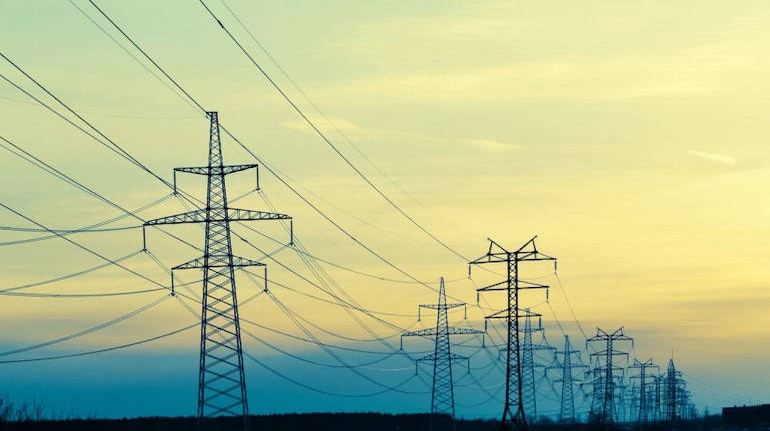



Despite seeing Power Grid Corporation of India as the best player for the electrification of the Indian economy, Kotak Institutional Equities has removed the stock from its model portfolio.
Analysts at the brokerage believe that the positives have been captured in the price run-up.
It had a 190 bps weightage in the portfolio. This has been replaced with Pidilite with 150 bps weight and SBI Life, which got an added 40 bps weight. Pidilite has gone up by over 15 percent over the last year and SBI Life by over 26 percent over the same period.
Power Grid Q3 net profit inches up 10.5% to Rs 4,028.25 crore, beats estimates
In the latest equity strategy report, the brokerage said, "PWGR has delivered strong returns (69 percent over the past year) and is currently trading at 2.4X FY2026E BV, which is at a significant premium to its fair multiple of around 1.5X BV."
The analysts added, "We have historically seen PWGR as the best play on the electrification of the Indian economy (more transmission assets to support new solar electricity generation assets in northern and western India versus coal-based electricity generation assets in central and eastern India), but current valuations more than adequately capture the growth opportunities for the next few years."
Irrational optimism?The analysts also noted how the street seemed to be overestimating the growth opportunity in Power Grid versus the company's growth targets, which seemed to be underestimating the risks to the company's RoE profile from the competitive tariff-based competitive bidding (TBCB) projects.
The report also expressed the analysts' scepticism over the market's exuberance over PSU stocks in general. Finding it hard to subscribe to the market's narrative, the analysts wrote, "In our view, the market is overly focused on near-term ordering and profitability, while ignoring the large downside risks to (1) medium-term profitability, (2) business model challenges and (3) disruption risks."
On picking Pidilite, the analysts stated that they found comfort in the stock's earnings visibility, given four factors.
1) The strong residential real estate up-cycle, which they expect will sustain for the next few years.
2) The strong market position with possibly weakening competition as Asian Paints will probably focus more on its mainstay paints segment, as it wards off aggressive competition from new entrants.
3) Comfortable profitability assumptions (after recent price cuts and increase in advertising and promotion spends).
4) There is a low risk of disruption, unlike other building materials products; adhesives will likely remain a B2C product, as it is used in the post-construction (post-handover to owner) phase of a new house unlike other building products, which are used in the construction (pre-handover to owner) and thus, run the risks of being reduced to B2B products in the long term, as more development shifts to large developments (multi-apartment, multi-building projects) by large developers.
Power Grid Corporation hits 52-week high on winning inter-state transmission project
Discover the latest Business News, Sensex, and Nifty updates. Obtain Personal Finance insights, tax queries, and expert opinions on Moneycontrol or download the Moneycontrol App to stay updated!
Find the best of Al News in one place, specially curated for you every weekend.
Stay on top of the latest tech trends and biggest startup news.